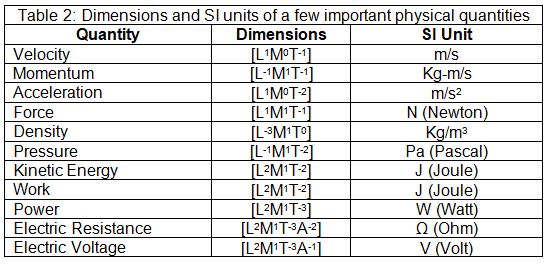Science is a systematic, intellectual, and practical strive to study the natural phenomena through in-depth observation and experimentation aimed at predicting, modifying, and/or controlling the phenomena. It is derived from the Latin word 'Scientia' meaning 'to know'. Physics is a branch of natural science dealing with the study of basic laws of nature and their manifestation in different natural forms. In simple words, the ultimate goal of physics is to understand how the universe behaves. The scope of physics is truly very vast as it envelops an enormous range of magnitude of length (less than 10^[-4] m to 10^[26] m), time (10^[-22] s to 10^[18] s), mass (10^[-30] kg to 10^[55] kg), etc.
Unification and Reductionism are the two main drives in physics. Unification aims at the applicability of some fundamental laws to a broad range of phenomena like Newton's Law of Gravitation explaining the fall of any object to the ground and motion of planets around the sun. Reductionism refers to the derivation of properties of the complex and bigger system from its constituents and simpler parts.
We've already seen the vastness of the scope of physics. Depending on the length scale we can divide the entire domain of the physical world into two parts: microscopic and macroscopic. The macroscopic world is mainly dealt with by Classical physics, whereas Quantum physics handles the microscopic part. Below table describes the sub-disciplines of physics and their basic definition:
|
Sub-Disciplines |
Basic Definition |
|
|
Classical Physics |
Mechanics |
Deals with the study of motion and
forces (Newton’s laws of motion & the law
of gravitation) |
|
Electrodynamics |
Deals with the study of electric and
magnetic fields |
|
|
Optics |
Deals with the behavior and properties
of light |
|
|
Thermodynamics |
Deals with the study of relations
between various forms of energies like heat, work, etc. |
|
|
Quantum Physics |
Deals with the study of microscopic
phenomena |
|
Having discussed the sub-domains of physics, let us shift our attention towards the forces. There are a host of forces present in different contexts, but they all can be divided under four fundamental forces in nature:
|
|
Gravitational Force |
Electromagnetic Force |
Strong Nuclear Force |
Weak Nuclear Force |
|
Definition |
Force occurring due to virtue of mass |
The force between the charged particle |
The force which binds protons and neutrons in the nucleus |
Occur only in the certain nuclear process |
|
Sign |
Always attractive |
Attractive or repulsive |
- |
- |
|
Range |
Infinite |
Infinite |
Small (10^[-15] m) |
Very Small (10^[-16] m) |
|
Relative Strength |
10^[-39] |
10^[-2] |
1 |
10^[-13] |
|
Name |
Major Contribution |
|
Issac Newton |
Law of gravitation; Laws of motion; Law of cooling |
|
Albert Einstein |
Theory of relativity |
|
Archimedes |
Buoyancy principle |
|
Michael Faraday |
Laws of electromagnetic induction |
|
Galileo Galilei |
Law of inertia |
|
J.C. Maxwell |
Electromagnetic Theory |
|
J.J. Thomson |
Discovery of electron |
|
James Chadwick |
Discovery of neutron |
|
Neils Bohr |
Quantum model of the hydrogen atom |
|
Ernest Rutherford |
Nuclear model of the atom |
|
Wolfgang Pauli |
Exclusion Principle |
|
Werner Heisenberg |
Uncertainty Principle |



0 Comments